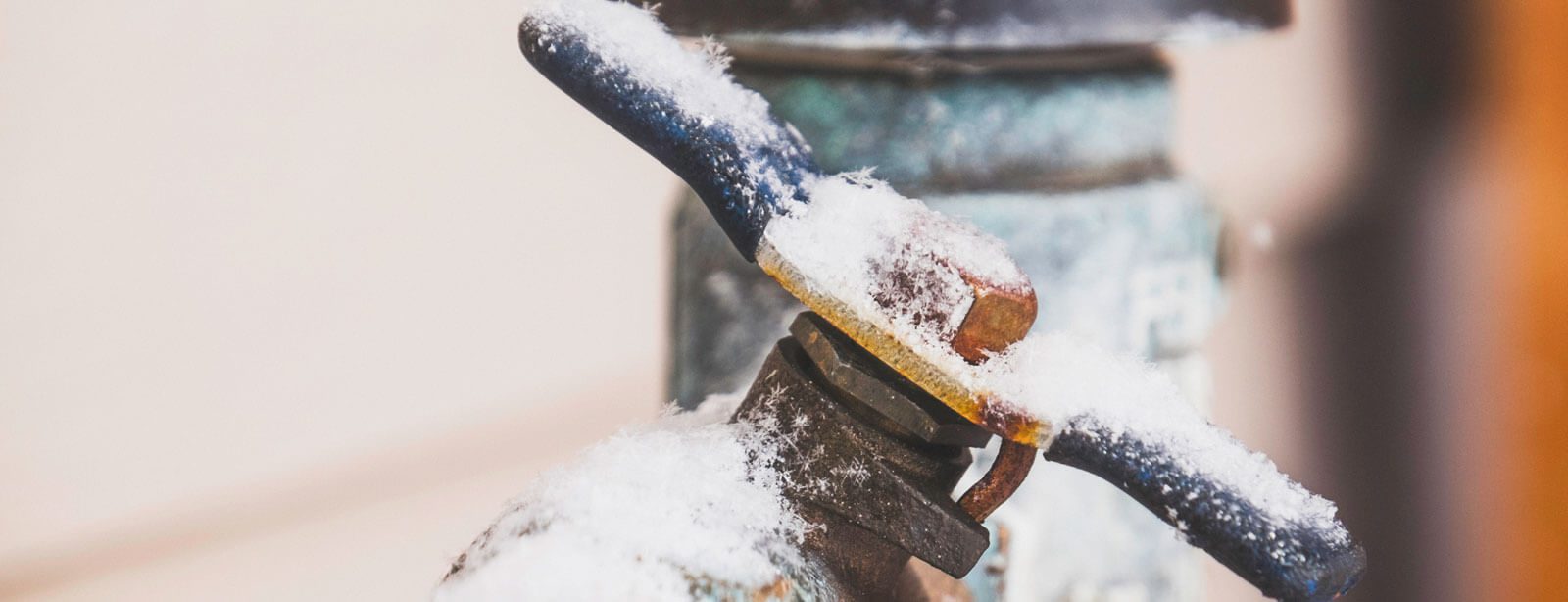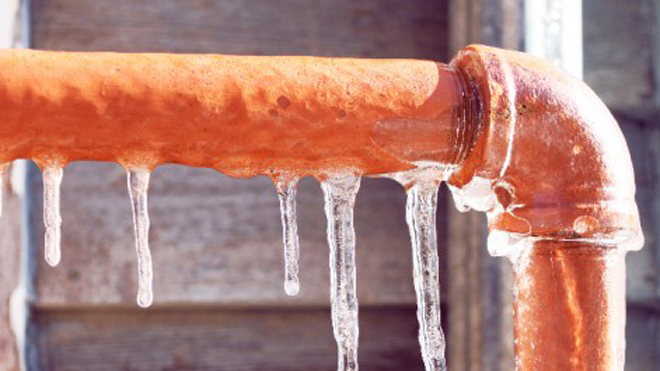Essential Advice to Prevent Frozen Plumbing in Cold Weather: Expert Guidance
Essential Advice to Prevent Frozen Plumbing in Cold Weather: Expert Guidance
Blog Article
Nearly everybody seems to have his or her own perception on the subject of Preventing and dealing with frozen pipes.

Cold weather can wreak havoc on your plumbing, particularly by freezing pipelines. Below's just how to stop it from occurring and what to do if it does.
Introduction
As temperatures decline, the threat of frozen pipes rises, possibly causing costly repairs and water damage. Understanding just how to avoid frozen pipelines is important for homeowners in cool climates.
Prevention Tips
Protecting at risk pipes
Wrap pipes in insulation sleeves or utilize warmth tape to protect them from freezing temperatures. Focus on pipes in unheated or outside areas of the home.
Heating techniques
Keep interior spaces effectively warmed, specifically locations with pipes. Open up cupboard doors to enable cozy air to distribute around pipelines under sinks.
Just how to recognize icy pipelines
Try to find reduced water flow from taps, uncommon odors or noises from pipelines, and noticeable frost on subjected pipelines.
Long-Term Solutions
Architectural modifications
Consider rerouting pipelines far from exterior wall surfaces or unheated areas. Add added insulation to attics, basements, and crawl spaces.
Upgrading insulation
Buy high-quality insulation for pipes, attics, and wall surfaces. Proper insulation helps preserve consistent temperature levels and lowers the threat of frozen pipes.
Shielding Outside Plumbing
Garden hose pipes and exterior faucets
Disconnect and drain yard hoses before winter months. Mount frost-proof faucets or cover outside taps with insulated caps.
Comprehending Icy Pipes
What triggers pipelines to freeze?
Pipelines freeze when subjected to temperatures listed below 32 ° F (0 ° C) for extended durations. As water inside the pipelines freezes, it increases, taxing the pipeline walls and potentially triggering them to rupture.
Dangers and problems
Icy pipelines can cause water disturbances, residential property damages, and costly repair work. Burst pipelines can flooding homes and trigger comprehensive structural damages.
Indicators of Frozen Water Lines
Determining frozen pipelines early can avoid them from bursting.
What to Do If Your Pipes Freeze
Immediate actions to take
If you suspect frozen pipes, keep taps open up to alleviate stress as the ice melts. Make use of a hairdryer or towels soaked in warm water to thaw pipelines slowly.
Final thought
Stopping icy pipelines requires proactive steps and quick reactions. By recognizing the reasons, indications, and safety nets, homeowners can protect their plumbing during cold weather.
5 Ways to Prevent Frozen Pipes
Drain Outdoor Faucets and Disconnect Hoses
First, close the shut-off valve that controls the flow of water in the pipe to your outdoor faucet. Then, head outside to disconnect and drain your hose and open the outdoor faucet to allow the water to completely drain out of the line. Turn off the faucet when done. Finally, head back to the shut-off valve and drain the remaining water inside the pipe into a bucket or container. Additionally, if you have a home irrigation system, you should consider hiring an expert to clear the system of water each year.
Insulate Pipes
One of the best and most cost-effective methods for preventing frozen water pipes is to wrap your pipes with insulation. This is especially important for areas in your home that aren’t exposed to heat, such as an attic. We suggest using foam sleeves, which can typically be found at your local hardware store.
Keep Heat Running at 65
Your pipes are located inside your walls, and the temperature there is much colder than the rest of the house. To prevent your pipes from freezing, The Insurance Information Institute suggests that you keep your home heated to at least 65 degrees, even when traveling. You may want to invest in smart devices that can keep an eye on the temperature in your home while you’re away.
Leave Water Dripping
Moving water — even a small trickle — can prevent ice from forming inside your pipes. When freezing temps are imminent, start a drip of water from all faucets that serve exposed pipes. Leaving a few faucets running will also help relieve pressure inside the pipes and help prevent a rupture if the water inside freezes.
Open Cupboard Doors
Warm your kitchen and bathroom pipes by opening cupboards and vanities. You should also leave your interior doors ajar to help warm air circulate evenly throughout your home.

Hopefully you liked our topic on How to Prevent Your Pipes From Freezing. Thanks a ton for spending some time to read through our post. Don't hesitate to take a moment to share this entry if you enjoyed reading it. We value your readership.
Click Here Report this page